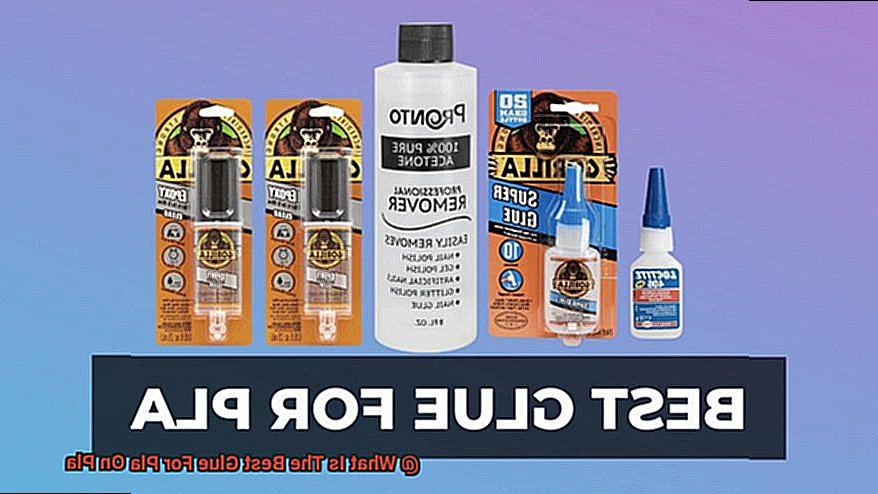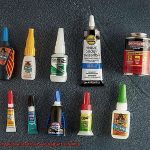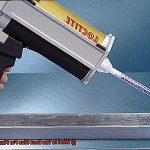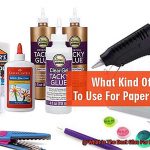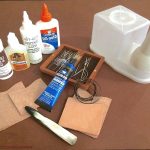Picture this: you’re knee-deep in a mesmerizing 3D printing project, only to hit a roadblock when it’s time to glue those tricky PLA parts together. Fear not, my fellow creators. In this blog post, we dive headfirst into the captivating realm of joining PLA on PLA using the absolute best glue out there. Brace yourself as we unveil the secrets that will seamlessly bring your designs to life.
Hook:
Imagine spending countless hours meticulously designing and printing your intricate masterpiece in PLA, only to find yourself scratching your head when it comes to assembling the pieces. Adhesives that work like a charm on other materials suddenly fail miserably with PLA. But fret no more. We’re about to introduce you to a game-changing glue that will revolutionize your 3D printing projects.
Main Points:
Decoding the PLA puzzle:
- PLA (polylactic acid) is a popular 3D printing filament known for its eco-friendly nature and user-friendliness.
- Joining PLA on PLA can be quite the challenge due to its smooth and non-porous surface, rendering traditional adhesives useless.
Conquering with the right glue:
- Enter cyanoacrylate or CA glue, also known as “super glue.” This transparent liquid adhesive is famous for its lightning-fast bonding and impressive strength.
- The ideal CA glue for PLA on PLA should have medium viscosity and cure rapidly, ensuring both a robust bond and saving precious time.
Tricks of the trade for flawless bonding:
- Prioritize prepping surfaces meticulously by cleaning them thoroughly and removing any oils, dust, or debris.
- Apply a thin layer of glue onto one side of the joint, then delicately press the parts together, employing clamping or other pressure techniques if necessary.
- Allow ample curing time as recommended by the glue manufacturer before handling the glued parts.
Understanding the Properties of PLA
Contents
- 1 Understanding the Properties of PLA
- 2 Factors to Consider When Selecting an Adhesive for PLA
- 3 Cyanoacrylate Glue: A Popular Choice for Bonding PLA
- 4 Epoxy Resin: An Option for Durable Bonds
- 5 Silicone-Based Adhesives: Flexible Bonding Solutions
- 6 Solvent-Based Adhesives: A Risky but Effective Option
- 7 Choosing the Right Glue for Your Application
- 8 Pros and Cons of Different Glue Types
- 9 Conclusion
Polylactic Acid (PLA) is a remarkable thermoplastic that has taken the world by storm, especially in the realm of 3D printing. Boasting unique attributes and eco-friendly qualities, PLA has become a favorite among industries. This article aims to delve into the captivating properties of PLA that make it an ideal choice for 3D printing and bonding, while also exploring a diverse range of adhesive options for achieving robust connections.
PLA’s Eco-Friendly Charm:
- Derived from renewable resources such as cornstarch or sugarcane, PLA stands tall as an environmentally conscious alternative to conventional plastics.
- Its biodegradability ensures minimal harm to the environment, making it an excellent choice when compared to petroleum-based plastics.
Effortless Melting and Molding:
- PLA’s low melting point grants it the ability to effortlessly melt and mold into various shapes during the 3D printing process.
- This distinctive feature not only simplifies the printing procedure but also reduces energy consumption and time required for heating and cooling.
Unyielding Adhesion Capability:
- PLA possesses exceptional adhesion properties, enabling strong bonds between multiple printed parts.
- Within the realm of 3D printing, this property proves invaluable when assembling various components together.
Preparing for Bonding Brilliance:
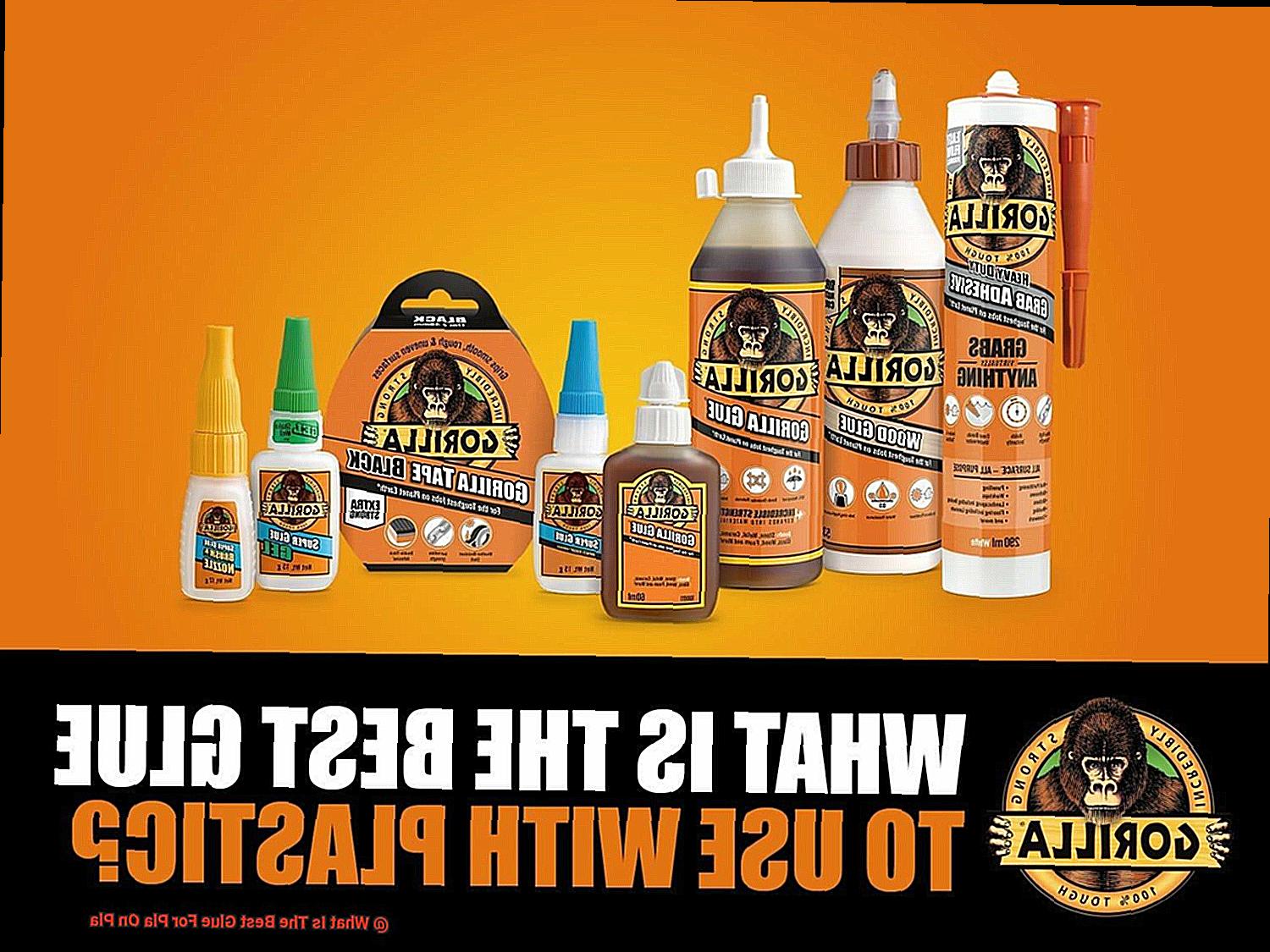
- Achieving optimum bonding between PLA surfaces necessitates meticulous surface preparation.
- By meticulously cleaning surfaces with isopropyl alcohol or similar agents, one can ensure superior adhesion.
A Plethora of Glue Options for Bonding PLA on PLA:
Cyanoacrylate Glue (Super Glue):
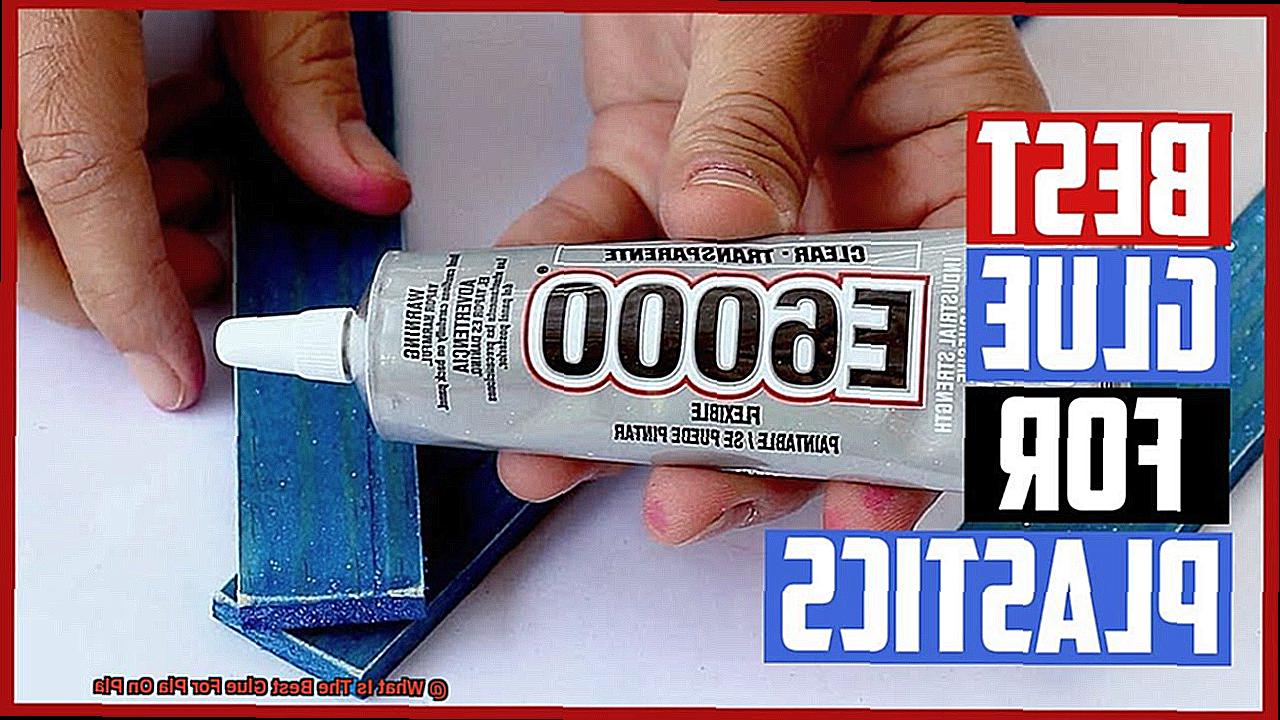
- Renowned as a quick and powerful adhesive, cyanoacrylate glue forms a formidable bond with PLA surfaces.
- Its high adhesive strength, moisture resistance, and resilience to temperature changes make it an exceptional choice.
- Available in different viscosities, it caters to both precise applications and gap filling requirements.
Epoxy Resin:
- Epoxy glues, consisting of resin and hardener, deliver unparalleled strength and durability upon mixing.
- With their ability to withstand heavy loads, epoxy glues are perfect for securing PLA parts together.
- The curing time may be longer, requiring patience during the assembly process.
Factors to Consider When Selecting an Adhesive for PLA
In this section, we will delve into the crucial factors that must be considered when selecting an adhesive for PLA. From compatibility to safety, we will leave no stone unturned. Let’s embark on this adhesive adventure.

Factor 1: Adhesive Compatibility
PLA, a unique thermoplastic material, demands careful adhesive selection. Not all adhesives bond effectively with PLA, and some may even cause damage. Thus, it is vital to choose an adhesive that harmonizes perfectly with PLA, ensuring a flawless bond without compromising the material.
Factor 2: Bond Strength
The strength of the bond between two PLA surfaces is paramount for any application. To guarantee a robust and enduring bond, evaluating factors like shear strength, peel strength, and tensile strength is essential. These considerations will ensure that the adhesive can withstand the rigors of your intended usage or application.
Factor 3: Application Requirements
Tailoring your adhesive choice to meet the unique demands of your application is critical for success. Temperature resistance, flexibility, and chemical resistance are key factors to consider. Ask yourself pivotal questions: Will the bonded parts encounter high temperatures? Do they require flexibility? Are they susceptible to chemical exposure? By addressing these considerations, you will unveil the adhesive that perfectly suits your needs.
Factor 4: Drying and Curing Time
The drying and curing time of your adhesive can significantly impact your assembly process. For applications that necessitate rapid bonding, opt for adhesives with fast curing times. Conversely, if time is not of the essence, longer drying or curing times may be acceptable. Aligning the adhesive’s time frame with your assembly requirements will ensure smooth and efficient processes.
Factor 5: Environmental Considerations
Environmental factors can influence both adhesive performance and the durability of bonded PLA parts. Factors such as humidity, UV exposure, and chemical exposure should not be overlooked. Some adhesives may lose their bonding properties or degrade when exposed to specific environmental conditions. To combat these challenges, select an adhesive that can withstand the environmental factors it will encounter.
Cyanoacrylate Glue: A Popular Choice for Bonding PLA
Prepare to be amazed as we unravel the secrets behind the phenomenal bond between cyanoacrylate glue and PLA. Known as super glue in everyday parlance, this adhesive has taken the world by storm with its unmatched strength and lightning-fast drying time. Join us on this exhilarating journey as we delve into why cyanoacrylate glue reigns supreme in the realm of PLA bonding.
The Marvel of Unbreakable Bonds:
In the realm of PLA bonding, strength is paramount. Fear not, for cyanoacrylate glue is here to save the day. This remarkable adhesive forms an unyielding bond that effortlessly withstands the demanding stresses and strains that PLA objects often endure. Be it intricate 3D-printed wonders or functional prototypes, cyanoacrylate glue ensures your PLA creations stay intact, no matter what challenges they face.
Lightning-Fast Curing Time:
Tick-tock, time is of the essence, my adhesive enthusiasts. Enter cyanoacrylate glue, with its unrivaled quick-drying prowess. This adhesive sets in mere seconds or minutes, allowing you to swiftly assemble your PLA parts without delay. Say farewell to tedious clamping or prolonged waiting; cyanoacrylate glue empowers you to conquer your projects with unmatched efficiency.
The Maestro of Versatility:
Cyanoacrylate glue isn’t content with simply being a one-trick wonder; it excels in versatility like no other adhesive. Need to bond PLA to PLA? Easy-peasy. But wait, there’s more. This adhesive seamlessly unites PLA with an array of materials, including metal, glass, and ceramics. Whether you’re creating mixed-media masterpieces or seeking a reliable bond between diverse materials, cyanoacrylate glue rises to the occasion with unparalleled adaptability.
Epoxy Resin: An Option for Durable Bonds
In our previous section, we explored the unbreakable bonds of cyanoacrylate glue with PLA. But today, we’re diving into the realm of epoxy resin, a mighty adhesive that offers a durable solution for bonding PLA on PLA. So gear up in your lab coats and safety goggles as we uncover the advantages and application process of this remarkable adhesive.
Let’s begin with the basics. Epoxy resin is a two-part adhesive composed of a resin and a hardener. When these two components combine, they create a chemical reaction that seems like pure magic, resulting in a bond that even the toughest superheroes would envy. And when it comes to bonding PLA on PLA, epoxy resin is more than up to the task.
One of the standout advantages of using epoxy resin for this purpose is its exceptional durability. It forms a permanent bond that can withstand various environmental conditions, from temperature fluctuations to moisture and even UV exposure. So whether your project is basking in the scorching sun or braving the rain, rest assured that your bonded PLA surfaces will remain strong and intact.
But durability isn’t the only ace up epoxy resin’s sleeve. It also boasts remarkable gap-filling capabilities. No need to fret over uneven or irregular surfaces. Epoxy resin effortlessly fills in those gaps, creating a seamless bond as smooth as glass.
Of course, as with any adhesive, preparation is key to success. Before applying epoxy resin, make sure your surfaces are spotless. Give them a thorough scrub to eliminate any pesky dirt, dust, or oils that could hinder the bonding process. Once your surfaces are primed and ready, it’s time to mix and apply.
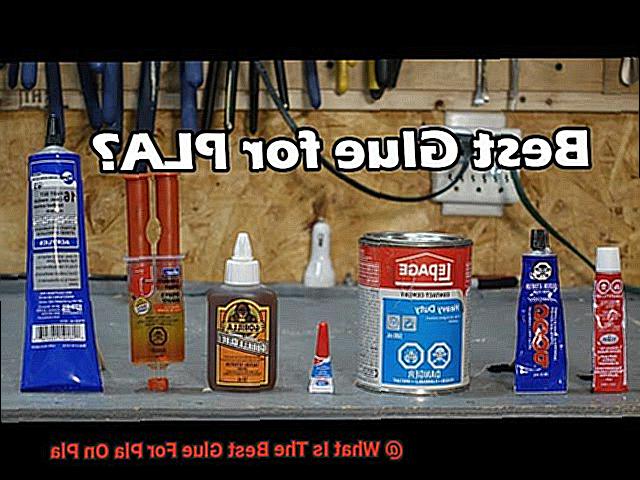
Mixing epoxy resin is akin to crafting your very own magical potion. Follow the manufacturer’s instructions diligently to achieve the perfect ratio of resin to hardener. Once mixed, apply the concoction to your PLA surfaces and watch the adhesive work its magic. Keep in mind that epoxy resin may have a longer curing time compared to other adhesives, but trust us, the wait is worthwhile. The extended curing time often leads to a stronger bond that will stand the test of time.
Silicone-Based Adhesives: Flexible Bonding Solutions
When it comes to bonding PLA on PLA, you need an adhesive that can withstand the test of time and handle the unique challenges of PLA materials. Enter silicone-based adhesives, the unrivaled heroes of flexible bonding solutions. In this captivating exploration, we will uncover the remarkable advantages of silicone-based adhesives for bonding PLA on PLA, showcasing their unmatched flexibility, temperature resistance, compatibility with various surface finishes, and resilience against moisture and chemicals.
Flexible Bonding Solutions:
Flexibility:
Picture this: rigid PLA materials meeting a rigid adhesive. A recipe for cracks and failures, right? Not with silicone-based adhesives. These extraordinary adhesives possess exceptional flexibility, allowing them to endure movement and stress without compromising the bond. Whether you’re working with 3D printed objects or flexible components, silicone-based adhesives are the secret weapon to achieve a bond that can bend without breaking.
Temperature Resistance:
PLA may have a low melting point, but silicone polymers in silicone-based adhesives are nothing short of heat-resistant warriors. They fearlessly face high temperatures head-on, maintaining their strength and integrity in the face of adversity. From scorching environments to temperature fluctuations, these adhesive superheroes ensure that your PLA bonds remain unyielding and steadfast.
Compatibility with Different Surface Finishes:
In the colorful world of PLA surfaces, not all adhesives can find their match. But silicone-based adhesives? They are true chameleons. With their remarkable adherence to both smooth and rough surfaces, they effortlessly conquer any terrain. No matter the surface texture or finish your PLA boasts, silicone-based adhesives rise to the challenge, forging reliable bonds that transcend aesthetics.
Resistance to Moisture and Chemicals:
Moisture absorption can be the silent assassin of PLA, weakening its very foundation. Enter silicone-based adhesives, the guardians against degradation. These extraordinary adhesives wield low permeability to water and other liquids, sealing the bond against moisture’s relentless assault. Furthermore, they bravely face the harshest chemical adversaries, remaining unscathed and unwavering. Water, oils, chemicals – nothing can break the bond forged by silicone-based adhesives.
Solvent-Based Adhesives: A Risky but Effective Option
In our previous discussion, we delved into the unbeatable power of silicone-based adhesives for bonding PLA on PLA. Today, we’re venturing into the thrilling world of solvent-based adhesives – a daring and effective option for achieving that sought-after bond.
Let’s start with the basics. Solvent-based adhesives are the rebels of the glue kingdom, relying on solvents as their secret weapon. These adhesives are renowned for their extraordinary bonding properties and their uncanny ability to adhere to a vast array of materials, including our beloved PLA.
So, how do they work their magic? It all boils down to the solvent. When you apply these adhesives, the solvent fearlessly dissolves the surface of the PLA, forging a bond that is not only robust but also astonishingly durable. It’s like superglue on steroids.
But, my friends, let us not get too carried away by this adhesive prowess. We must confront the risks and considerations that accompany the use of solvent-based adhesives. First and foremost, let’s talk about safety. The solvents they contain can unleash harmful fumes that may wreak havoc on your respiratory system or cause unpleasant skin irritations. So, remember to embrace fresh air by working in a well-ventilated area.
To fortify your defense against these potential hazards, don’t forget to equip yourself with safety gear. Gloves and masks shall become your loyal comrades when engaging with these mighty adhesives. And let us not disregard their flammability – handle them with utmost care and store them far from any lurking fire hazards.
But wait, there’s more – we must also address the environmental impact. These solvents can be toxic and hazardous if not disposed of properly. Therefore, it is our duty as responsible adhesive users to follow the guidelines for waste disposal, ensuring that we do not pollute our precious surroundings. Mother Nature will surely extend her gratitude.
Now, I know what you’re thinking – with all these risks and concerns, why even entertain the idea of solvent-based adhesives? Well, my friends, because they possess unparalleled powers. Despite the potential perils, solvent-based adhesives offer a bond so strong and durable that it can withstand the fiercest elements – heat, moisture, even chemicals. They are the superheroes of the adhesive realm.
Choosing the Right Glue for Your Application
Prepare to embark on a PLA on PLA bonding journey like no other. The key to a successful project lies in selecting the right glue. As an expert in this field, I’ve compiled vital research notes to guide you through the process of finding the perfect adhesive. Get ready to transform your project with a strong and durable bond. Let’s dive in.
Material Compatibility:
Capture the essence of your project by considering the specific materials involved. PLA, or polylactic acid, is renowned for its biodegradability and user-friendly nature. To ensure maximum adhesion, opt for glues that are specifically formulated for bonding PLA surfaces.
Adhesive Strength:
Smooth surfaces demand powerful bonds. Choose glues that boast exceptional adhesive strength, as they are specially crafted to conquer the challenges of PLA on PLA bonding. Say goodbye to weak connections and hello to unyielding strength.
Drying Time and Flexibility:
Time is of the essence in any project. Select a glue that aligns with your timeline, ensuring efficient drying without compromising quality. Remember, PLA possesses a degree of flexibility, so opt for a glue that can adapt to this characteristic, promising long-lasting results.
Toxicity and Odor:
Banish toxic fumes from your workspace and embrace a pleasant environment. Seek out glues labeled as non-toxic with low odor levels. With safety as your ally, focus solely on unleashing your creative prowess.
Recommended Glue Options:
- Cyanoacrylate (CA) Glue: Embark on a journey with the legendary super glue, also known as CA glue. Renowned for its exceptional adhesion and rapid drying properties, it’s the go-to choice for bonding PLA on PLA.
- Epoxy Resin Adhesive: Embrace the strength and durability of epoxy resin, an excellent option for PLA on PLA bonding. Bear in mind that it may require more curing time compared to CA glue, ensuring a bond that stands the test of time.
- Polyurethane-Based Adhesives: Unleash the power of flexibility and moisture resistance with polyurethane-based adhesives. Unlock new possibilities for specific applications, where resilience is key.
Pros and Cons of Different Glue Types
Choosing the right glue for bonding PLA on PLA is essential to ensure a strong and durable connection. In this article, we will delve into the pros and cons of various glue types, helping you make an informed decision for your project.
Cyanoacrylate Glue (Super Glue):
Cyanoacrylate glue, commonly known as super glue, is renowned for its rapid drying time and formidable bond strength. It forms a secure hold on PLA surfaces, ensuring a reliable connection. However, it’s worth noting that cyanoacrylate glue can be brittle, which may not be suitable for applications that require flexibility or resilience. Care should also be taken to choose a formulation that is compatible with PLA materials to avoid any potential damage.
Epoxy Glue:
Epoxy glue excels in providing exceptional strength and durability, making it an ideal choice for bonding PLA parts together. Its ability to withstand high-stress applications and fill in small gaps between surfaces ensures a robust bond. However, it’s important to consider that epoxy glue requires careful mixing before use and may have a longer curing time compared to other glues. Patience is key during the assembly process when using epoxy glue.
Polyurethane Glue:
Polyurethane glue is a versatile adhesive that bonds effectively with various materials, including PLA. Its waterproof properties and resistance to chemicals make it suitable for outdoor or moisture-prone applications. The flexibility of polyurethane glue allows for minor movements without compromising the bond’s integrity. Nevertheless, one must exercise caution as polyurethane glue tends to expand during the curing process, which may lead to messiness if not managed properly.
Solvent-Based Adhesives:
Solvent-based adhesives specifically designed for bonding PLA work by dissolving the surface layer of the plastic, resulting in a strong bond as the solvents evaporate. These adhesives offer excellent bonding strength, but it’s crucial to ensure proper ventilation and take necessary safety precautions due to their potential toxicity. Additionally, the strong odors emitted by solvent-based adhesives can be a concern for some users.
Specialized PLA Adhesives:
Specialized PLA adhesives are tailor-made for bonding PLA materials and showcase superior bonding strength. These adhesives often come in the form of 3D printing bed adhesives or filament glues. Their formulation ensures compatibility and provides excellent adhesion properties specifically for PLA. However, it’s important to note that these specialized adhesives may come at a higher price point compared to more readily available glue types.
Conclusion
When it comes to finding the best glue for PLA on PLA, there are a few options to consider.
One popular choice is cyanoacrylate adhesive, also known as super glue. Its fast-drying and strong bonding properties make it a reliable option for joining PLA parts together.
Another option is epoxy resin, which provides a durable and long-lasting bond. It’s important to choose an epoxy specifically formulated for use with plastics like PLA.
Additionally, some users have had success with acrylic-based adhesives, such as solvent cement or acrylic glue. These glues work by chemically melting the PLA surfaces together, creating a strong connection.
Ultimately, the best glue for your PLA project will depend on factors such as the size and complexity of the parts, as well as your personal preferences.

